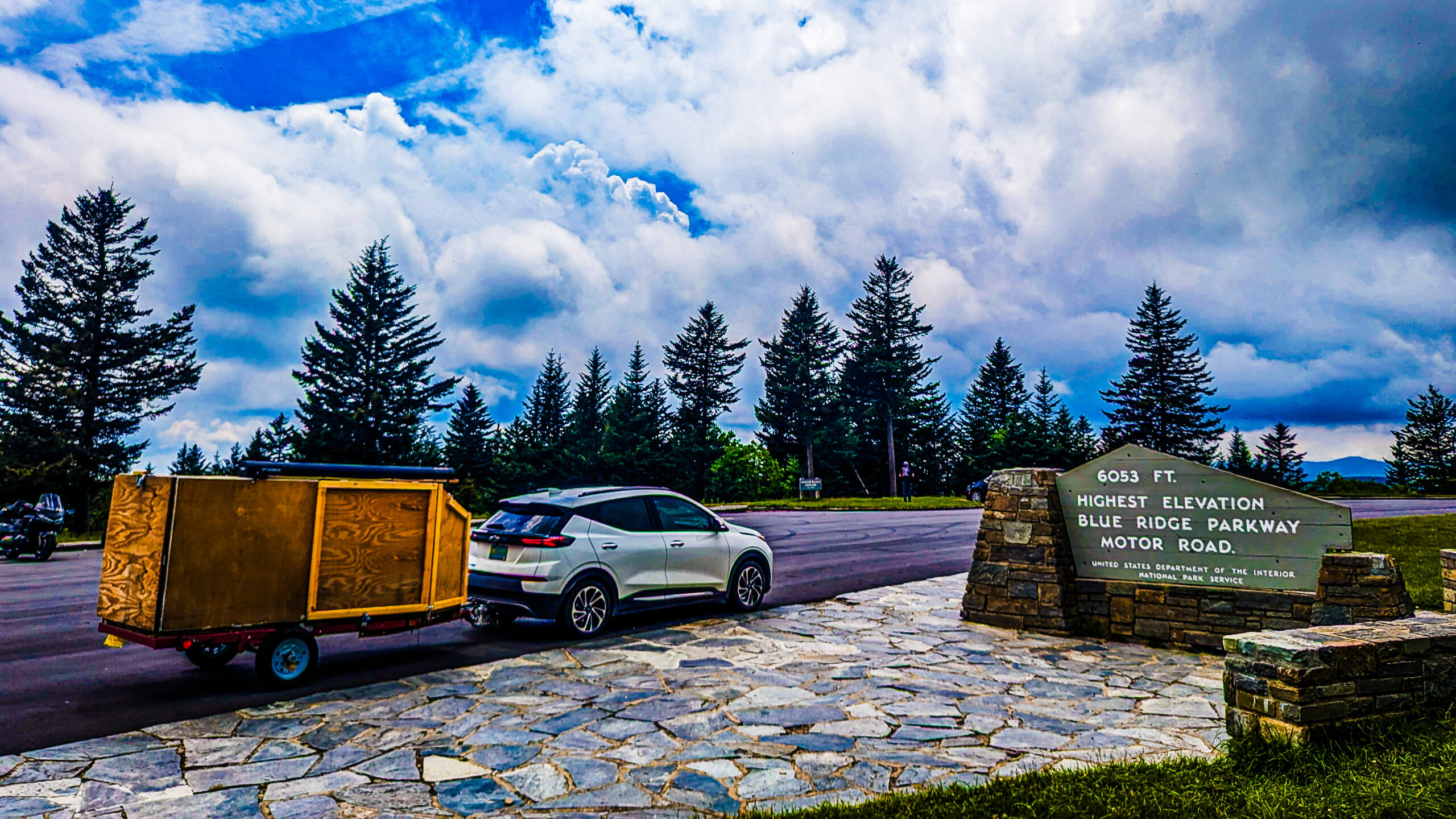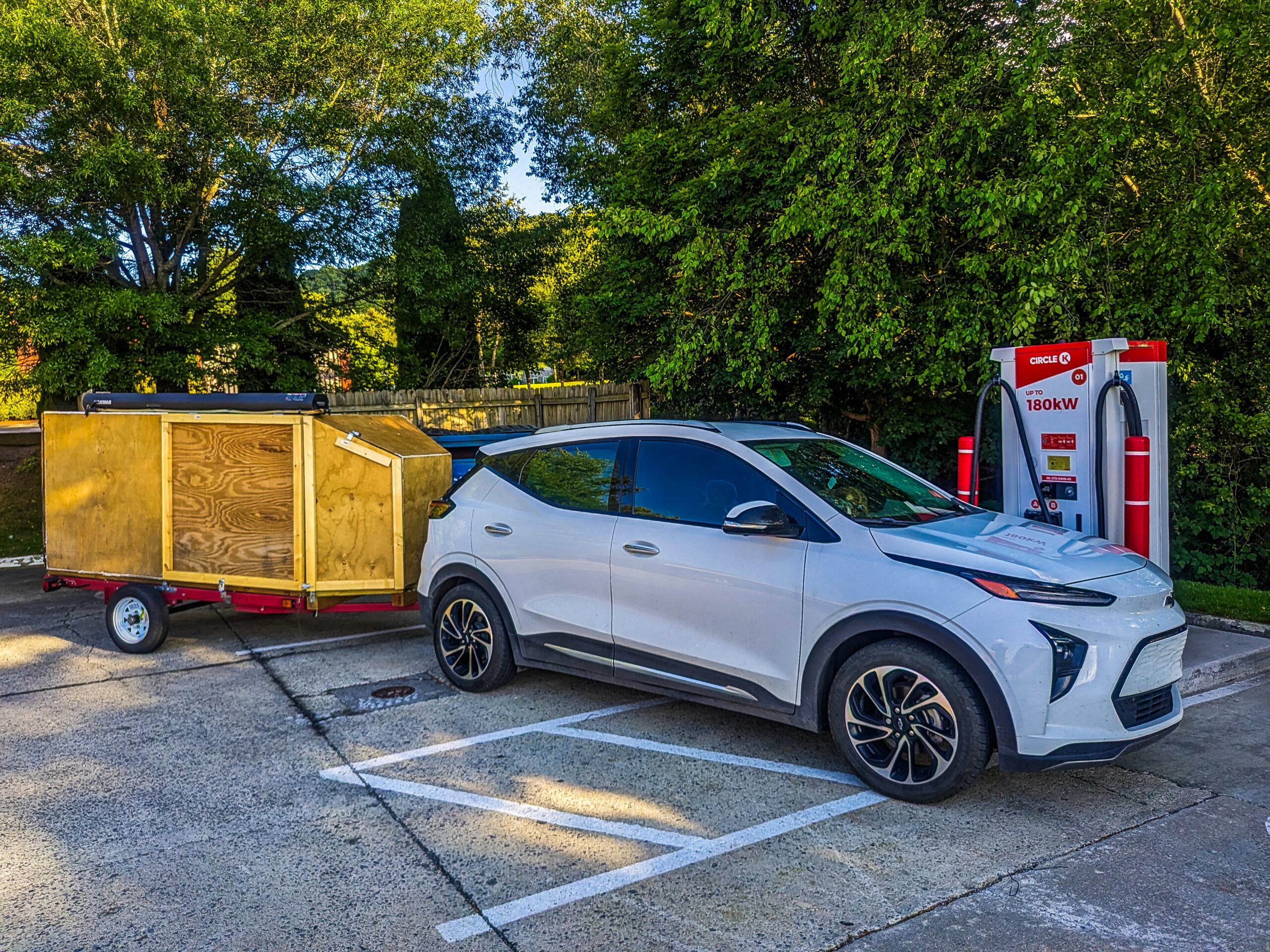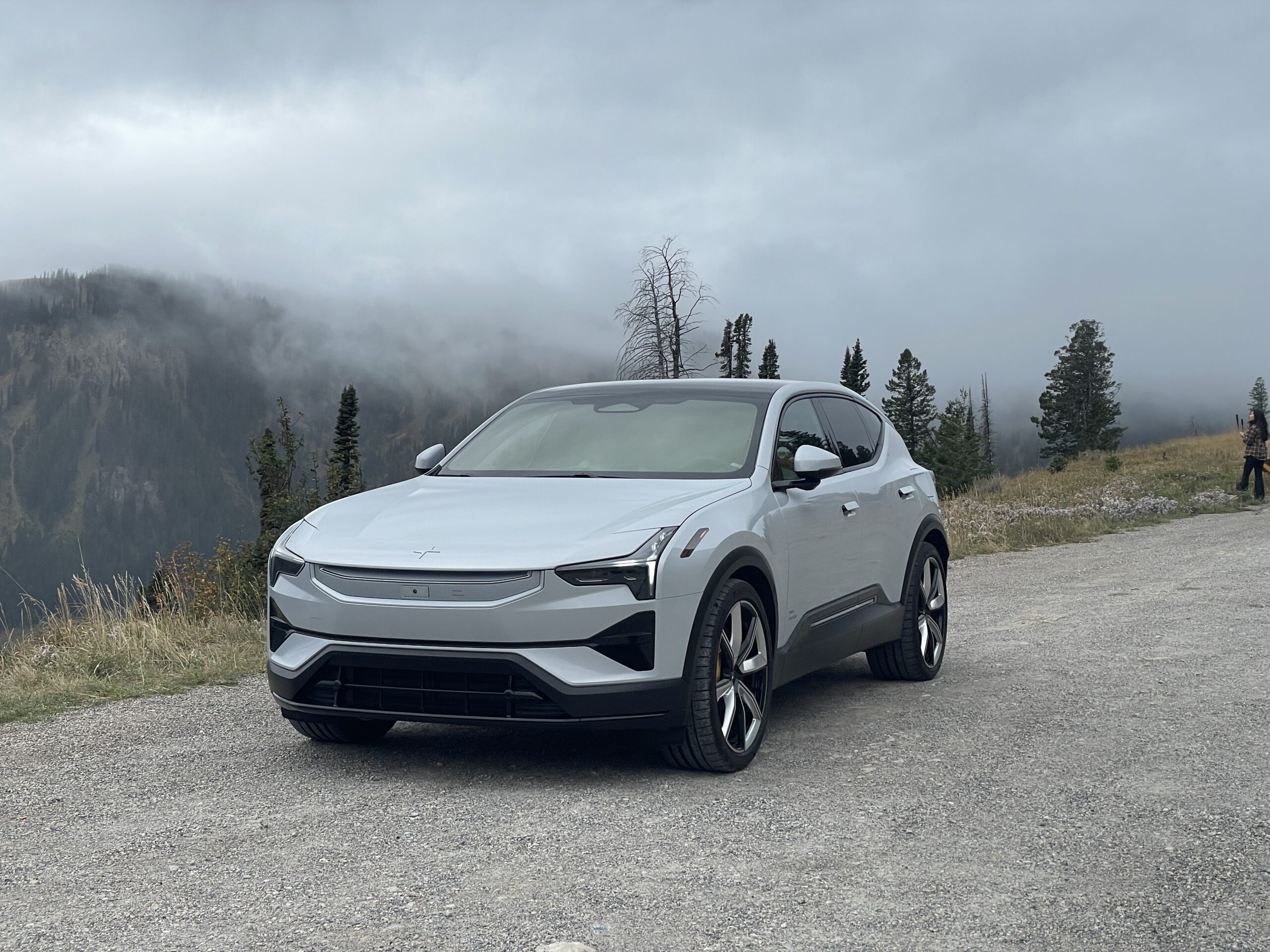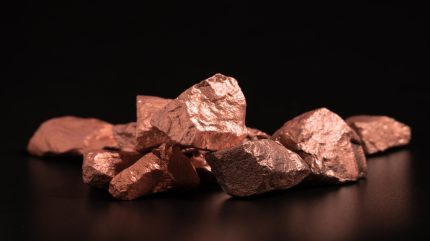Sign up for daily news updates from CleanTechnica on email. Or follow us on Google News!
My Visit To The Parkway
Earlier this year, I had the chance to get out and drive around half of the Blue Ridge Parkway, a scenic road run by the National Park Service that runs from Shenandoah National Park to Great Smoky Mountains National Park. Along the way, it runs near or on the top of the Blue Ridge, going through the highest parts of the Appalachian Mountains in Virginia and North Carolina. It’s a beautiful trip that everyone should take at least once.
I did most of the North Carolina part of the road over the course of three days, and it still felt like I rushed it. I entered the Parkway near Boone, NC, with a full charge, camped at the Julian Price Campground, spent part of a day at Grandfather Mountain, got a small charge while I was there, and drove on to Asheville with some battery to spare. This was fairly impressive, especially considering I was towing a trailer.
On day three, I finished the drive from Asheville to Great Smoky Mountains National Park. Along the way, I charged in Asheville, visited the main visitor’s center, and stopped an numerous scenic vistas along the way. But I didn’t have time to stop at them all or even half of them. At my last charging stop for the day at the end of the road, I got enough charge to cross over the mountains and camp on the other side of the park.
I saw a surprising number of EVs along the way. Teslas, naturally, were the most common sighting, but I regularly saw Rivians, Ford F-150 Lightnings, other Bolts, and even another Nissan LEAF (not counting the one Grandfather Mountain owns and charges there). Clearly, the road is attracting a lot of drivers just like it always has, and as people switch their power source out, they’re not giving up on going there.
Disaster Strikes
A few months after my rushed trip, I was saddened to hear that Hurricane Helene did a lot of damage to the Parkway.
The entire length of the Blue Ridge Parkway in North Carolina and Virginia is closed as crews continue their assessment of the damage from Hurricane Helene.
Update⬇️https://t.co/44KeAsU9Om pic.twitter.com/xBaUjHDv76
— Blue Ridge Parkway (@BlueRidgeNPS) October 5, 2024
Not only did major floods take out parts of the road entirely, like seen in the NPS photo above, but high winds persisted well inland, devastating trees and wildlife along some of the highest stretches of the road.
Check out this photo from the higher elevations of the Blue Ridge Parkway near Black Balsam, sent to me by Team Dominator Appalachia @babowling12. Winds likely gusted over 130 mph up here, enhanced by gaps in the terrain and Bernoulli effect over the crests. Trees shredded pic.twitter.com/CpexI5b6qD
— Reed Timmer, PhD (@ReedTimmerUSA) October 5, 2024
While the parts of the road in Virginia are open again, all of this damage means that the road is out of commission, with no specific plan to reopen any of it. The damage is too severe for any quick fixes to happen.
Obviously, governments at all levels can’t make the Parkway a priority yet. There are so many people suffering in towns from Georgia to North Carolina and Tennessee who need help that they will come first (despite nonsense online claiming that Ukraine or immigrants took the money). Before building again (better this time, hopefully), there are still life safety concerns we’re dealing with as winter temperatures start to set in along the higher elevations.
But, once the most important things are taken care of, it will make sense to rebuild and hopefully improve the Parkway along with all of the other roads in the region. It’s not a road people use to get to work or to carry goods, but it’s a road that brings a lot of visitors into the area.
If governments could do something asinine like building a sports stadium to help an area economically recover, doing something as simple as improving the Parkway’s facilities while portions of it are needing repair shouldn’t be a big deal. However, questions about how to really improve it while not destroying its historical character and feel will have to be part of that process.
Improving the Charging Situation Along the NC Sections of the Parkway
For most EVs, navigating the Parkway isn’t a big deal. The low speeds, combined with some charging in nearby towns along the way, make it very much possible. Even pulling a trailer full of camping gear with my Bolt EUV was possible. So, it’s tempting to do what George W. Bush did and call it “Mission Accomplished.”
But there are several problems that remain to be solved.
First off, there’s the issue of needing to leave the Parkway to get a quick charge. This sounds like not a big deal (aka “First World Problems”), but it kind of ruins the experience. While the Parkway is closer to town than you think in many places, it’s intentionally isolated from town by rows of trees and other creative building. Even passing through Asheville, you might not know that you’re in town except for the increase in traffic! Charging stations closer to the Parkway would be a lot better for keeping the magic alive for longer.
The second issue is a much bigger one, and not just a matter of aesthetics or experience. As more people drive EVs, more fast charging stalls are going to be needed to keep everyone moving instead of sitting in line. But, there’s no place to put giant charging stations along the Parkway proper without ruining its character, so it’s going to require spreading things out more. Small stations are going to be needed near many of the Parkway’s exits when there’s a business or other site host close to it. This would help maintain the small business character of the place, too!
Finally, businesses near the Parkway are going to need many more Level 2 charging stations to take care of all of the upcoming travelers in EVs. Places where people are going to spend an hour or two, like museums, restaurants, visitor centers, and tourist attractions, are going to need faster Level 2 charging that gives people more of a top-up, and I’d recommend providing 48 amps. Places where people are going to stay overnight, like motels/hotels, camping areas, and such, will be able to get away with only providing 32 amps or so while still being useful.
For less than the cost of a sports stadium, the North Carolina section of the Blue Ridge Parkway could become a LOT easier for not only today’s EV drivers, but tomorrow’s. This is definitely something that FEMA should consider as the recovery phase starts to emerge in the coming months!
Featured image (and others) by Jennifer Sensiba.

Chip in a few dollars a month to help support independent cleantech coverage that helps to accelerate the cleantech revolution!
Have a tip for CleanTechnica? Want to advertise? Want to suggest a guest for our CleanTech Talk podcast? Contact us here.
CleanTechnica uses affiliate links. See our policy here.
CleanTechnica’s Comment Policy






